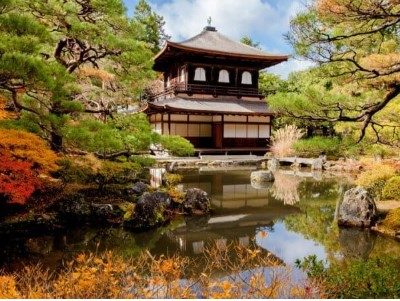Sabi: Rustic Patina

This quote by the late Jun’ichirō Tanizaki, one of the major writers of modern Japanese literature, illustrates the essence of the Sabi aesthetic.
The derivation of the term itself may have begun sometime after AD 759 in the Man’yōshū, literally, “Collection of Ten Thousand Leaves”, the oldest extant collection of Japanese classical poetry. There the connotation is, “ to become desolate”; as all that is must, given their persistent cultural viewpoint that life is understood best as impermanent in character.
At an unknown point thereafter, Sabi acquired the meaning of something that has aged well, grown rusty, or has acquired a patina. . . that thin layer which variously forms on surfaces through age and exposure. In this Japanese aesthetic, markers of passing time speak to wisdom hard won in the test of that time, and an existential beauty is thus revealed.
The quote above by Jun’ichirō Tanizaki goes on so. . . “a murky light that, whether in a stone or an artifact, bespeaks a sheen of antiquity. . . . We love things that bear the marks of grime, soot, and weather, and we love the colors and the sheen that call to mind the past that made them.”

One of the clearest examples of the Sabi aesthetic is the Silver Pavilion at Ginkakuji in Kyoto. Originally meant to be covered in silver foil, in emulation of the Golden Pavilion (14th century) at Kinkakuji, construction was delayed during the Onin War. The pavilion was never finished as intended and it is this “unfinished” appearance of arguably one of the most graceful structures ever built, that is the epitome Sabi.
It occurs to this writer the Sabi aesthetic is a tenuous cooperation of two powerful competing sensibilities. Sabi both acknowledges and wistfully accepts the impermanent nature of all things, while at the same time expresses deep respect and a powerful connection to the past and a commitment to honor what which endures, as though to make permanent in memory that which can never be so.
Come Visit Art De Tama Fine Art!
Japanese artist in the United States. Tamao Nakayama was born and raised in Tokyo, Japan, and moved to the U.S. when she was 25 years old. She is still deeply influenced by the Japanese aesthetic, and the belief that ‘less is more’. She is a minimalist abstract artist. She paints and sculpts.
